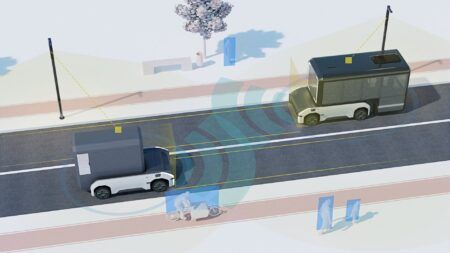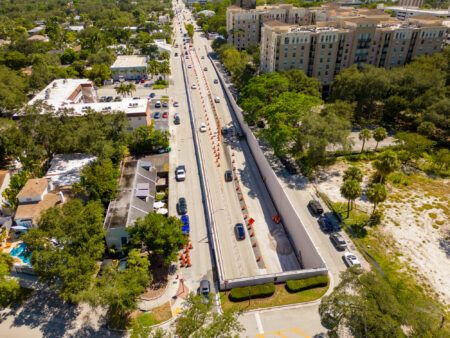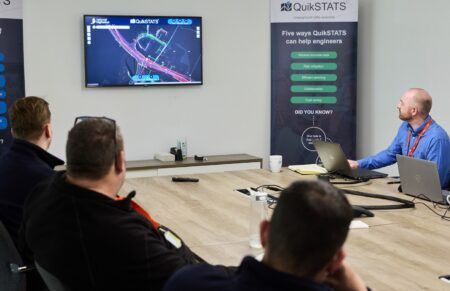The Pennsylvania Department of Transportation (PennDOT) has launched a video to assist road users in navigating roundabouts, with instruction on how to use both single and multi-lane variants, whether in a vehicle, on a bicycle or on foot.
Widely used in the UK and Europe from the 1960s, roundabouts or ‘traffic circles’ only emerged in the USA during the 1990s. A modern roundabout is a type of circular intersection where traffic flows continuously in a counterclockwise direction around a central island and where the entry traffic must yield to the circulating traffic. The Federal Highway Administration (FHWA) encourages implementing roundabouts as they have been proven to significantly improve safety and reduce traffic delays over traditional stop- or signal-controlled intersections. In tandem with the FHWA’s recommendation, the Pennsylvania State Transportation Innovation Council (STIC) has prioritized implementing roundabouts as alternatives to traditional intersections when possible.
At least three years of data on crash rates and the severity of incidents from before and after installation of the state’s first 10 modern roundabouts built at previous traditional stop-sign or signal-controlled intersections showed that fatal crashes were eliminated (two to zero) and major-injury crashes were also eliminated (four to zero).
Moderate-injury crashes were also reduced by 71% (seven to two) and minor-injury crashes by 25% (16 to 12), as well as the total number of crashes which dropped by 16% (63 to 53). National studies have shown that modern roundabouts reduce fatal crashes by up to 90% and result in a 75% reduction in injury-causing crashes. Modern roundabouts also improve pedestrian safety by allowing people to cross shorter distances with slower moving one-way traffic.
Roundabouts can also improve traffic flow, with subsequent reductions in vehicle emissions and fuel consumption. A single-lane roundabout can handle approximately 20,000-26,000 vehicles per day, while a two-lane design supports a daily throughput of 40,000-50,000 vehicles. Studies of roundabouts that replaced stop signs and/or traffic signals found that vehicle delays were reduced 13-89% and the proportion of vehicles that stopped was reduced 14-56%. Roundabouts have been found to reduce overall emissions by 15-45%, with fuel consumption reduced by an estimated 23-34%.
Modern roundabouts are in use around the world; half of the total number of roundabouts are located in France, and the UK has the greatest number of roundabouts per road-mile in the world.
Although circular intersections have existed for over 100 years, widespread use of the modern roundabout began when the UK’s Transport Research Laboratory (TRL) re-engineered circular intersections during the 1960s and developed the offside (driver’s side) priority rule, with the design becoming mandatory in 1966. Modern roundabouts have been built in the USA for less than 30 years and in Pennsylvania for less than 15 years. In Pennsylvania, there are currently 32 completed roundabouts, 20 under construction, and at least 10 more expected to go to construction over the next two years.
“Data shows that modern-day roundabouts reduce crash severity and injuries while improving traffic flow,” said PennDOT secretary Leslie S Richards.




